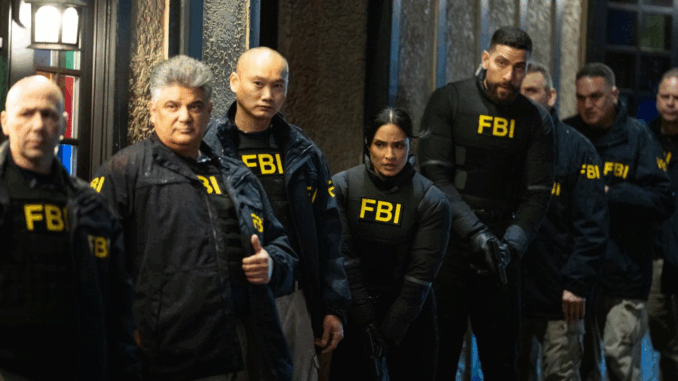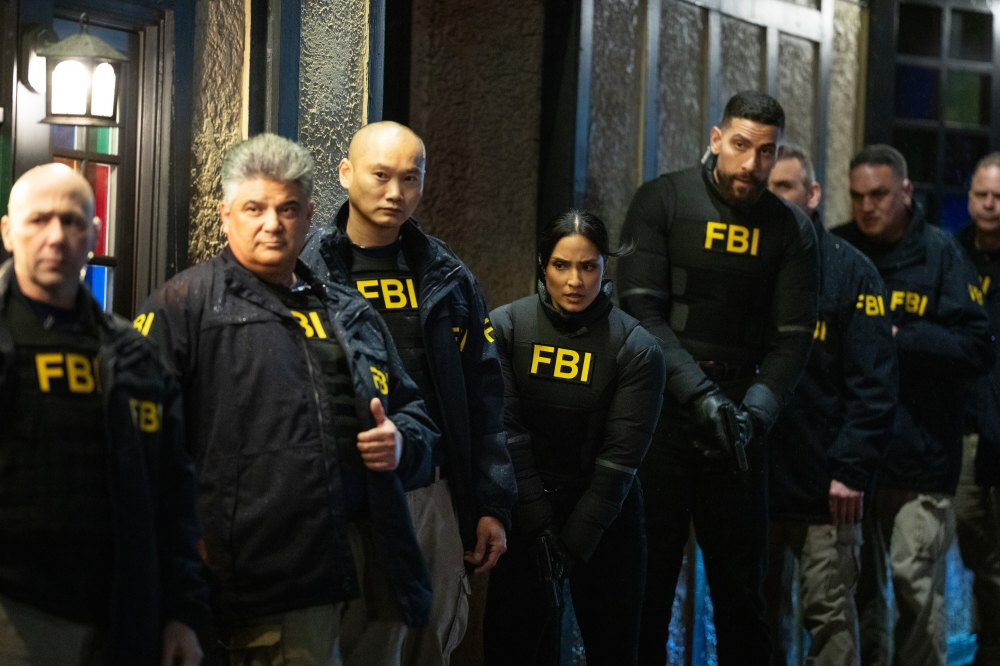
The Dick Wolf procedural FBI, anchored by Missy Peregrym’s compelling portrayal of Special Agent Maggie Bell, has secured its place as a cornerstone of primetime television. Set against the backdrop of the Federal Bureau of Investigation’s bustling New York field office, the show promises audiences a thrilling look at high-stakes federal investigations, ranging from counterterrorism and espionage to kidnapping and serial crime. The success of the series hinges on a fine, almost delicate, balance between authentic procedural details and the dramatic intensification necessary for captivating entertainment.
The Foundation of Authenticity: Real-World Relevance
The most compelling aspect of FBI is its ability to mirror the actual priorities of the real Bureau. Showrunners and writers often consult with former agents to ensure that the cases they develop resonate with contemporary threats. This is why episodes frequently tackle subjects like domestic white-supremacist extremism, sophisticated cyber-crime rings exploiting dark web vulnerabilities, and complex financial fraud schemes—all areas where the real FBI commits massive resources. The show accurately depicts the seamless integration of FBI agents with local and state police through joint Task Forces, a collaboration critical to solving crimes that cross jurisdictional boundaries. Furthermore, the portrayal of the state-of-the-art Technology Operations Center (TOC) and the reliance on forensic analysis and digital surveillance provide viewers with a genuine glimpse into the massive, high-tech machine supporting agents like Maggie Bell and her partner, OA Zidan.
The Agent’s Role: Expertise Meets Emotional Depth
Missy Peregrym’s character, Maggie Bell, embodies the dedicated, often-strained reality of a federal agent. Her expertise in the field is undeniable, but the show excels by exploring the personal toll these relentless cases take. Unlike older, one-dimensional procedural characters, Maggie is shown grappling with significant emotional baggage—from the lingering grief over her late husband to the later challenges of balancing her highly demanding career with new responsibilities, such as being a temporary guardian. This emotional complexity is crucial; it grounds the spectacular action, reminding the audience that these heroes are human. The dynamic between Maggie and OA is not just about catching the bad guy; it is about absolute reliance and implicit trust forged under extreme duress, adding a powerful, realistic layer to the partnership that real agents often depend on.
The Dramatic Compromise: Where Fiction Speeds Up Reality
While the inspiration is real, the pace of the show is undeniably accelerated. The most significant divergence from reality occurs in the timeline of the investigation. A complex case, which would typically require months, even years, of painstaking surveillance, interviewing, and paperwork in real life, is dramatically condensed and resolved within the span of a 42-minute episode. This compression of time is essential for the weekly network format. Moreover, the frequency of high-intensity shootouts and physical confrontations is heavily exaggerated for television. In reality, FBI agents specialize heavily, and the use of deadly force is a rare event governed by incredibly strict protocols, not the daily occurrence often depicted to heighten the drama.
In conclusion, the series FBI successfully navigates the gap between fact and fiction. It delivers a thrilling experience by using authentic threats and credible procedural elements as its foundation, while simultaneously taking dramatic liberties with the timeline and intensity of action. This strategic compromise allows the show to honor the important work of the FBI while offering audiences the intense, rewarding narrative they crave.

